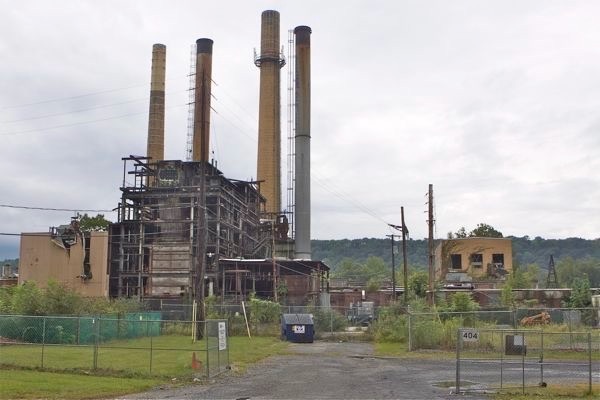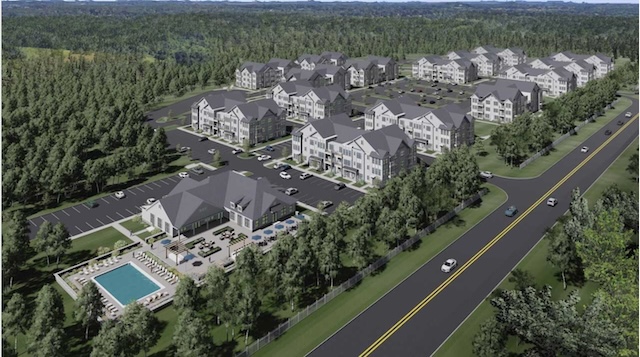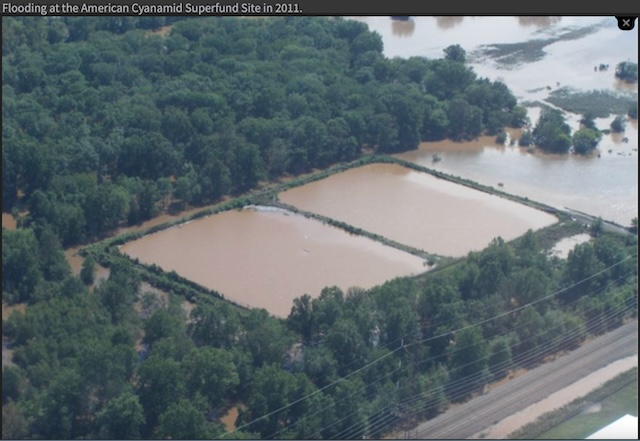Senate Environmental Leaders Introduce A Bill To Fix Major Flaws In COAH Repeal Bill They Just Voted In Favor Of
COAH Repeal Ignored Environmental Protections
Proposed Legislation Would Mandate That Some Environmental Features Be Considered
Yesterday, Senate Environment Committee Chairman Bob Smith and Senator McKeon introduced a bill (S3065) that is purported to:
Excludes environmentally sensitive and flood-prone land from designation as vacant or available for purposes of affordable housing construction.
It is a flawed and poorly crafted bill that would merely eliminate any mandate to build affordable housing on some environmentally sensitive lands.
It would not block towns from building affordable housing on those lands.
The language to identify environmentally sensitive lands is vague, limited, and confusing as well. The Pinelands and Coastal Zone are not specifically included. The Highlands Preservation Area is, but the Planning Area only gets partial protections in certain voluntary “conforming” towns.
Category One Stream buffers, vernal ponds and buffers, intact forests, steep slopes, T&E habitat, prime soils and agricultural lands, well head protection areas, aquifer recharge areas, the capacity of water supply and wastewater treatment infrastructure, and other environmentally sensitive features are not specifically included.
The bill excludes “regulated” lands. But that broad term is seemingly working at cross purposes to the narrow specific excluded lands. The broad exclusion of lands that are “regulated” opens a can of worms: DEP “regulates” a LOT more land than the bill contemplates, including the coastal zone, sewer service areas, septic service areas, brownfields, or just about every acre of land in the state.
In addition to the flaws and poor drafting, the bill seems intended to fix a major flaw in the recent COAH repeal legislation. (see:
- Proposed Affordable Housing “Reform” Bill Ignores Land Use Planning And Environmental Considerations
Curiously, both Senators voted YES in support of the COAH repeal legislation (see the Roll Call votes).
But that COAH repeal law did not require protections for environmentally sensitive lands!
In a February 13, 2024 NJ Spotlight Op-Ed, my friend, attorney Bill Potter warned exactly about these major flaws in the subsequently enacted COAH repeal bill:
Most troubling of all, the 76-page bill does not so much as mention the municipal mandates to protect the environment in all its many features and human impacts:
- Freshwater wetlands, preservation of natural stream buffers, no-build flood-prone areas, wooded hillsides and steep slopes, as well as such perennial hot topics in land use disputes as controlling stormwater runoff (sure to increase with global warming), traffic impacts, sewerage capacity and water supply, all are given short — if any — shrift in Sen. Singleton’s omnibus legislation.
The Supreme Court in each Mount Laurel decision eloquently described various environmental limitations to the allocation of affordable housing obligations. For example, “They do not extend to those areas where the State Plan discourages growth — namely open spaces, rural areas, prime farmland, conservation areas, limited growth areas, parts of the Pinelands and Coastal Zone areas” among others.
Section 6(b)(4) of S-50 does contain the “land capacity factor … which shall be determined … by estimating the area of developable land in the municipal boundaries that may accommodate development through the use of the land cover data most recently published by the [DEP] and weighing the factors based on the land area type in which such land is located… ”
How’s that? Apparently, this boils down to “the land capacity for affordable housing is the area of land suitable for such development,” a perfect tautology! Is this intended to substitute for the explicit environmental limitations that run throughout the Mount Laurel decisions — as guardrails against what the Court refers to as simply “bad planning?”
Protecting the environment through “sound land use planning” is the oft forgotten twin pillar of the “Mount Laurel Doctrine” — as writ large in Mount Laurel II, 40 years ago. The justices embraced the overarching principle that municipalities have both obligations in their land use plans — they must protect our environment while they also provide a “realistic opportunity” for constructing or rehabilitating much-needed housing for those who need it most.
What explains Smith and McKeon’s vote in SUPPORT of the flawed COAH repeal bill and sponsorship of a bill to correct those flaws just weeks later?
Why didn’t they both fight for floor amendments to the COAH repeal bill if they really wanted to protect the environment?
What the hell is going on here?
Is this just more Trenton Earth Day Kabuki?


